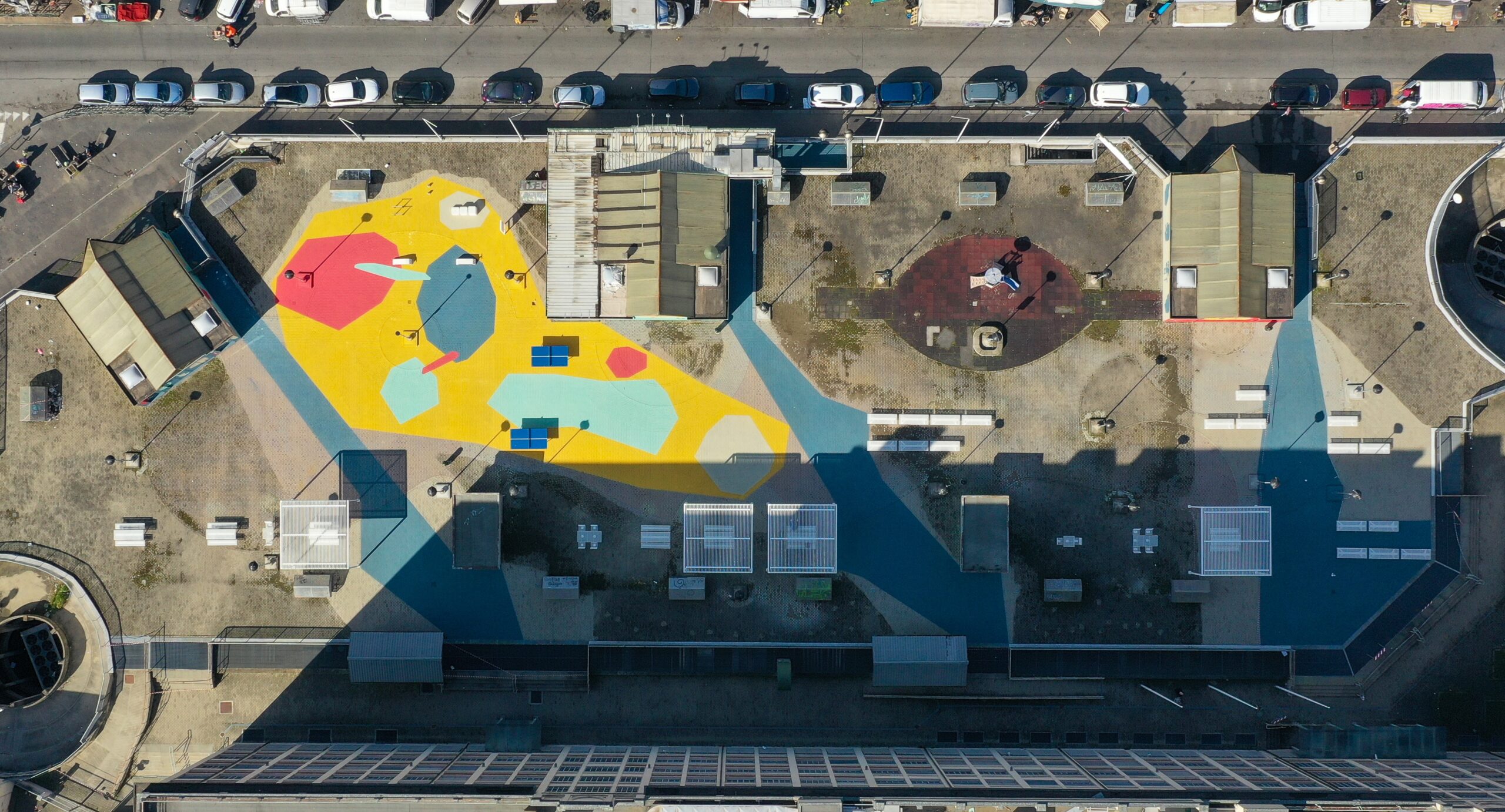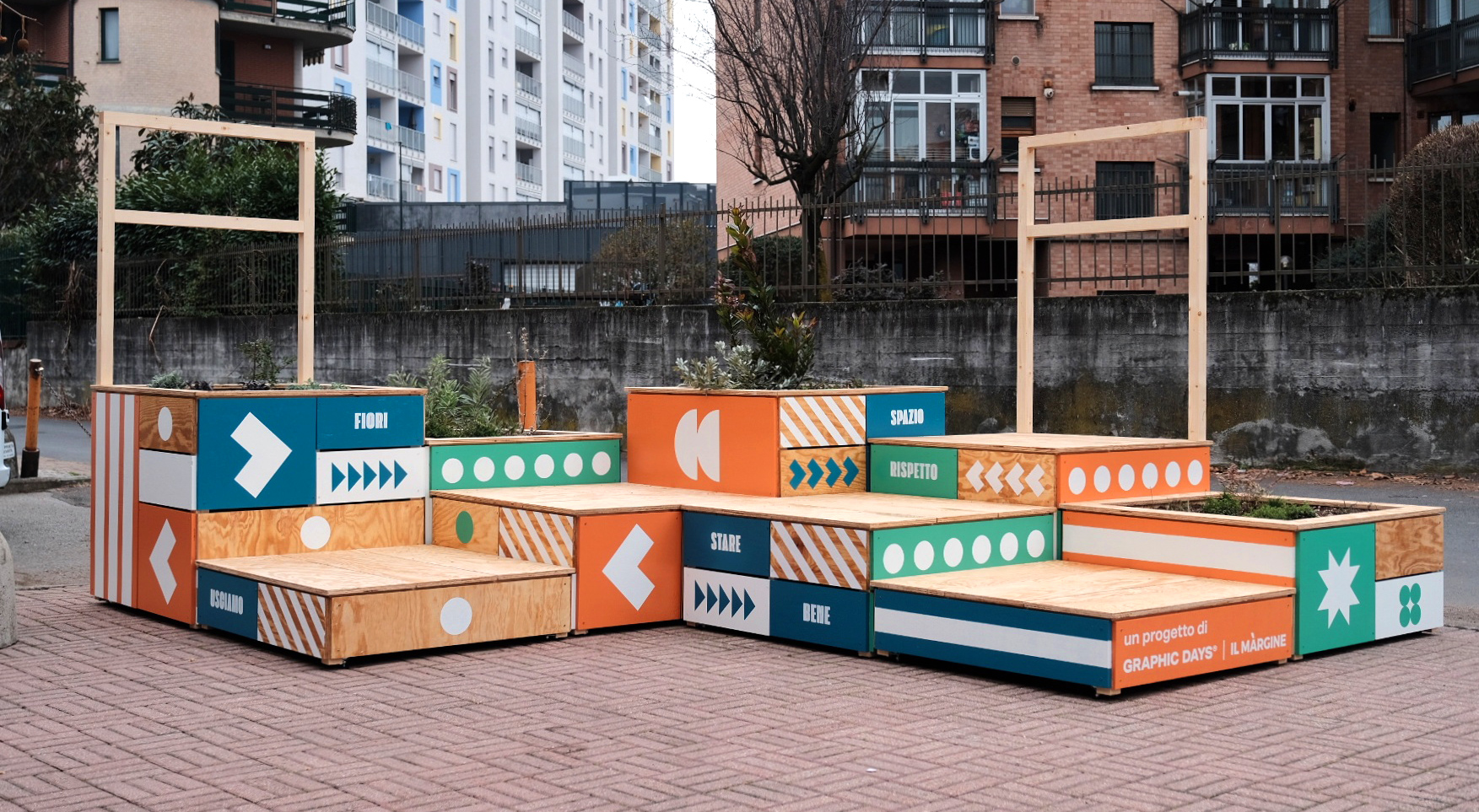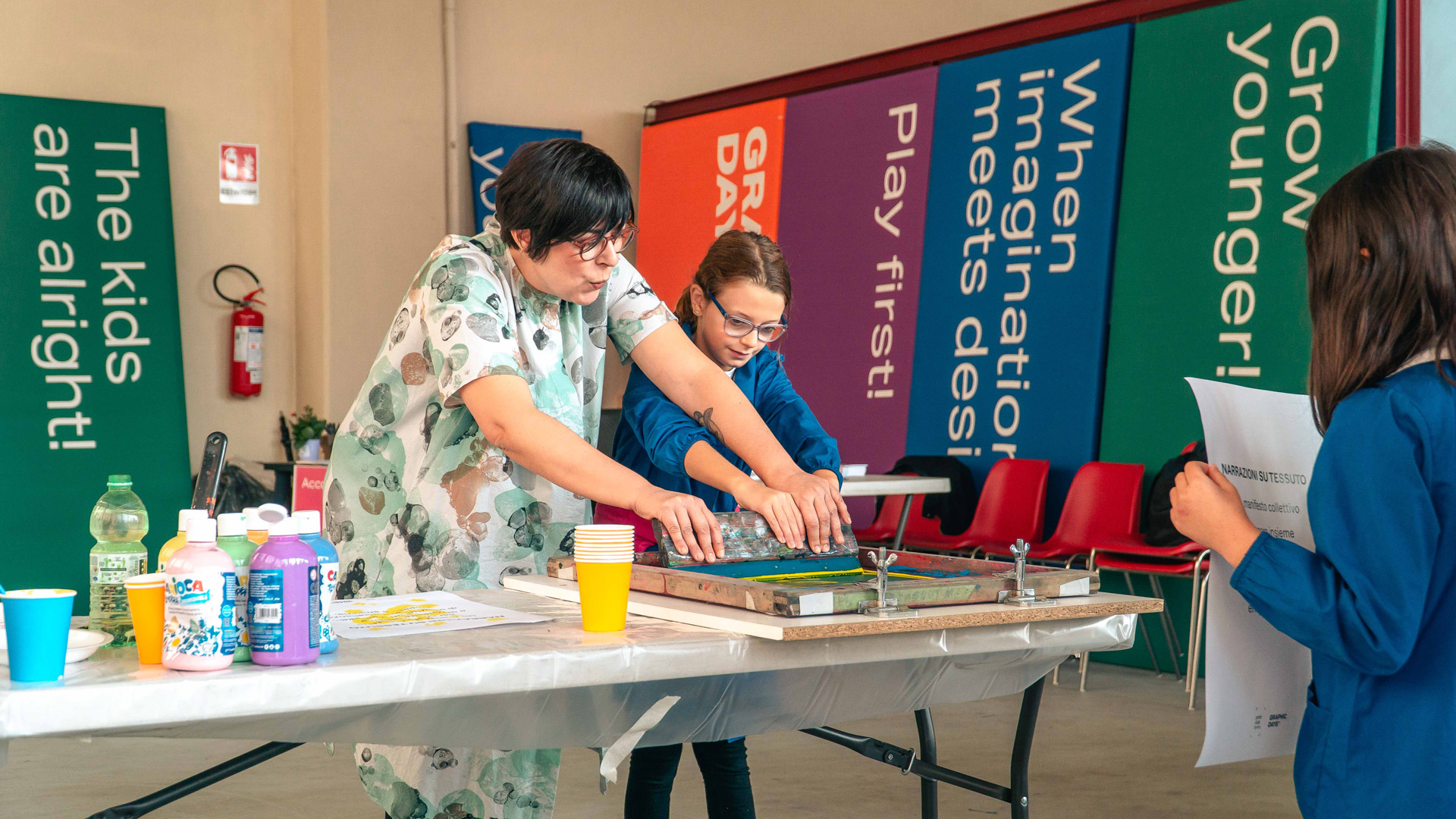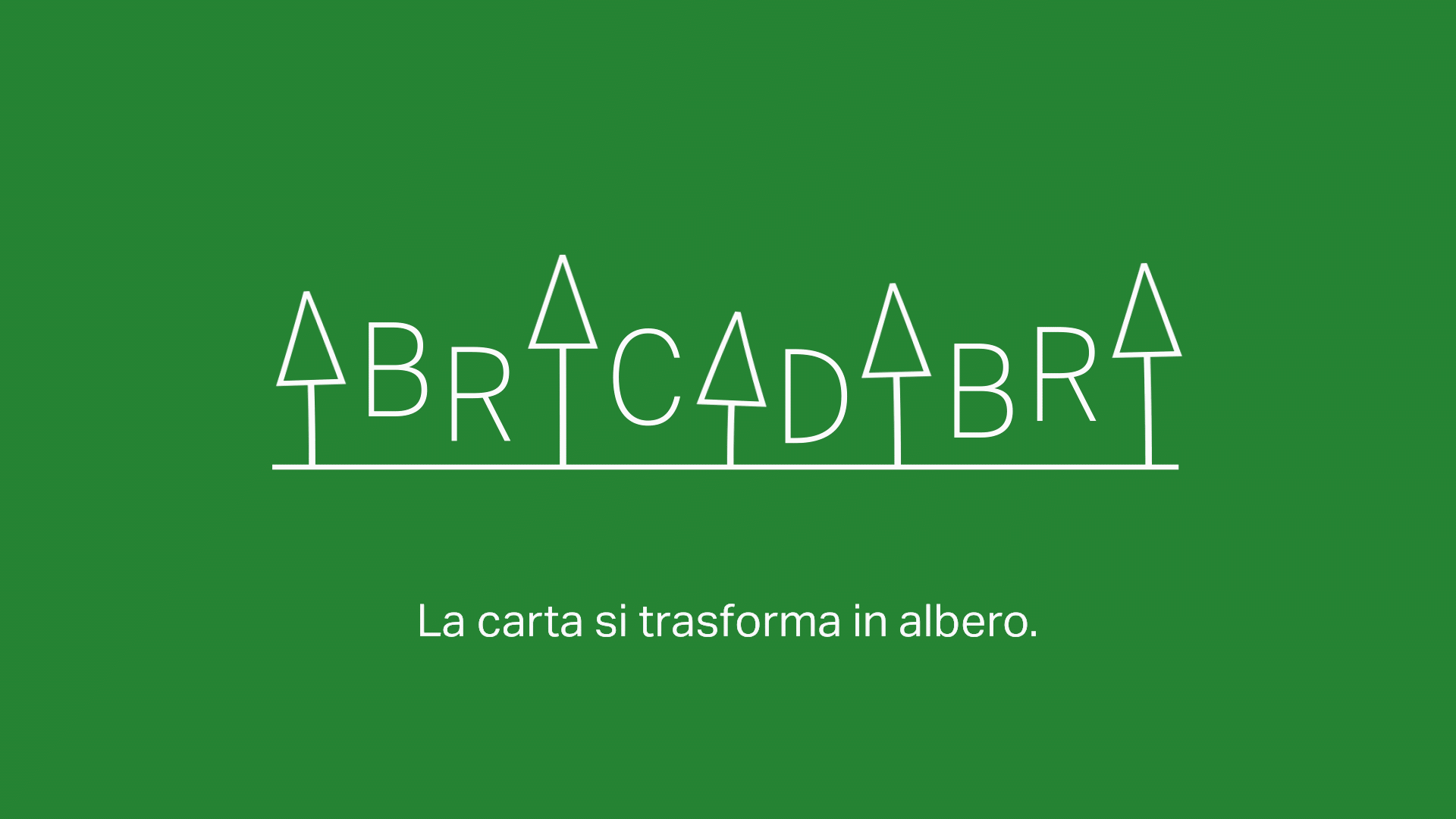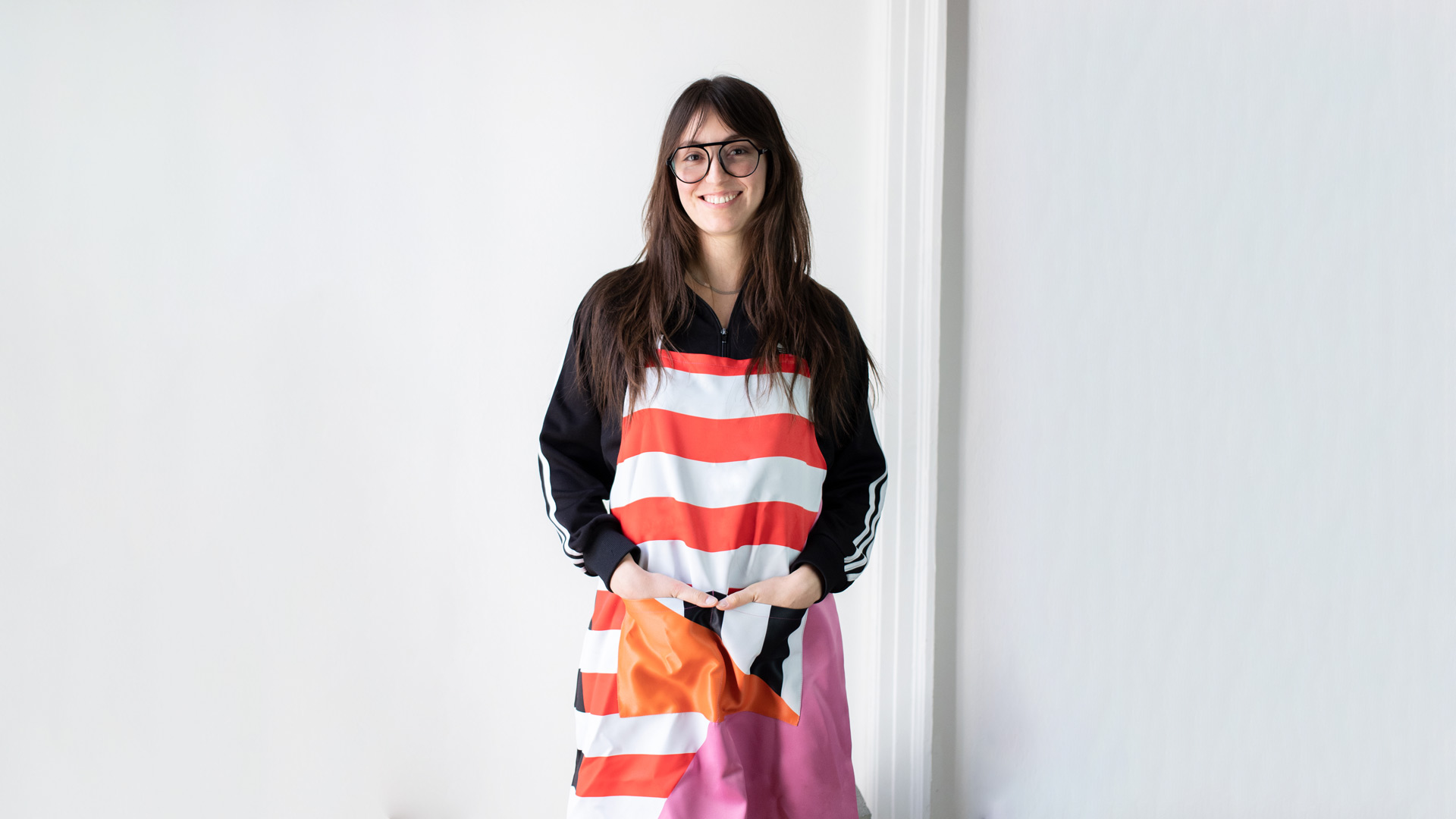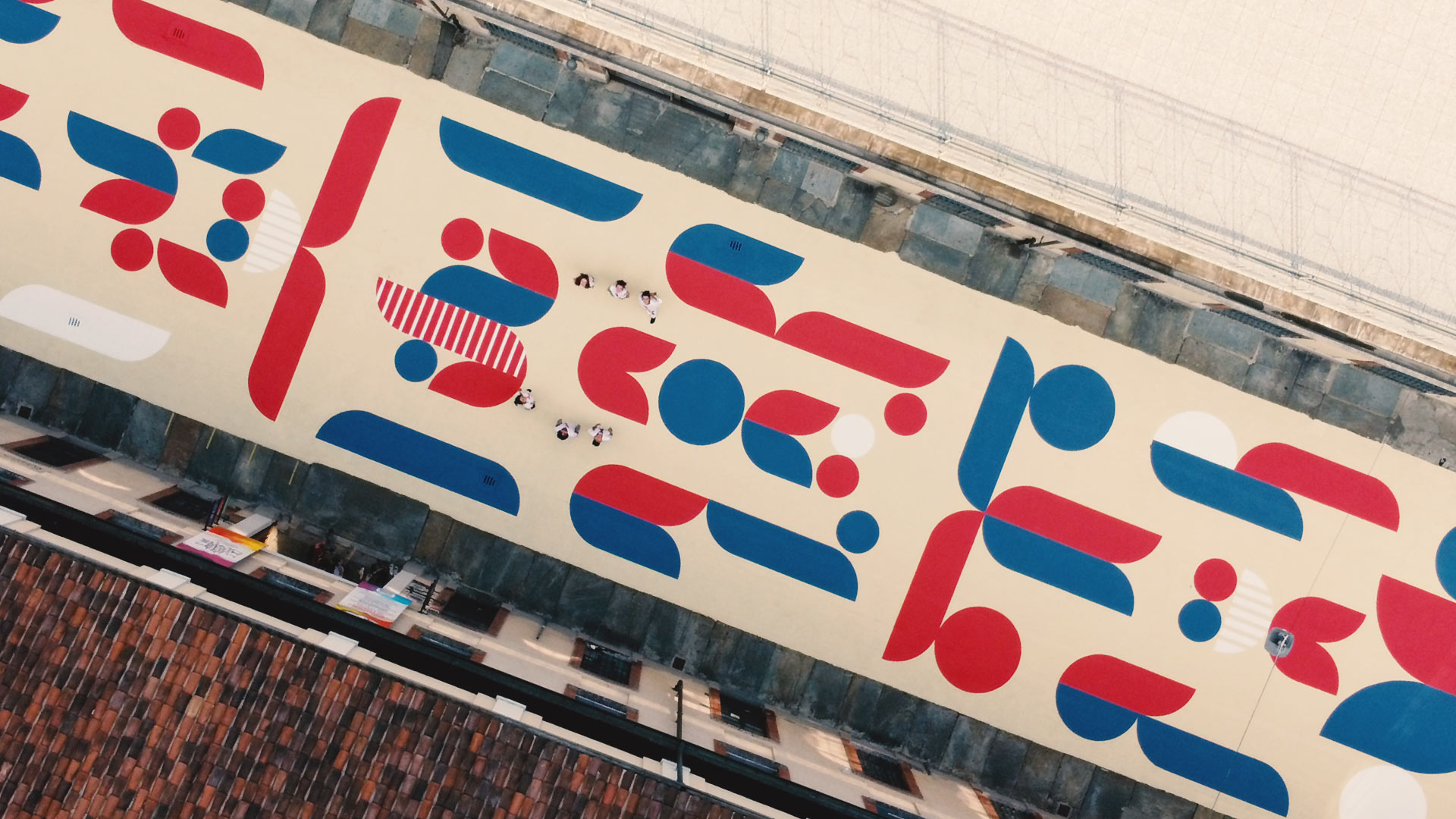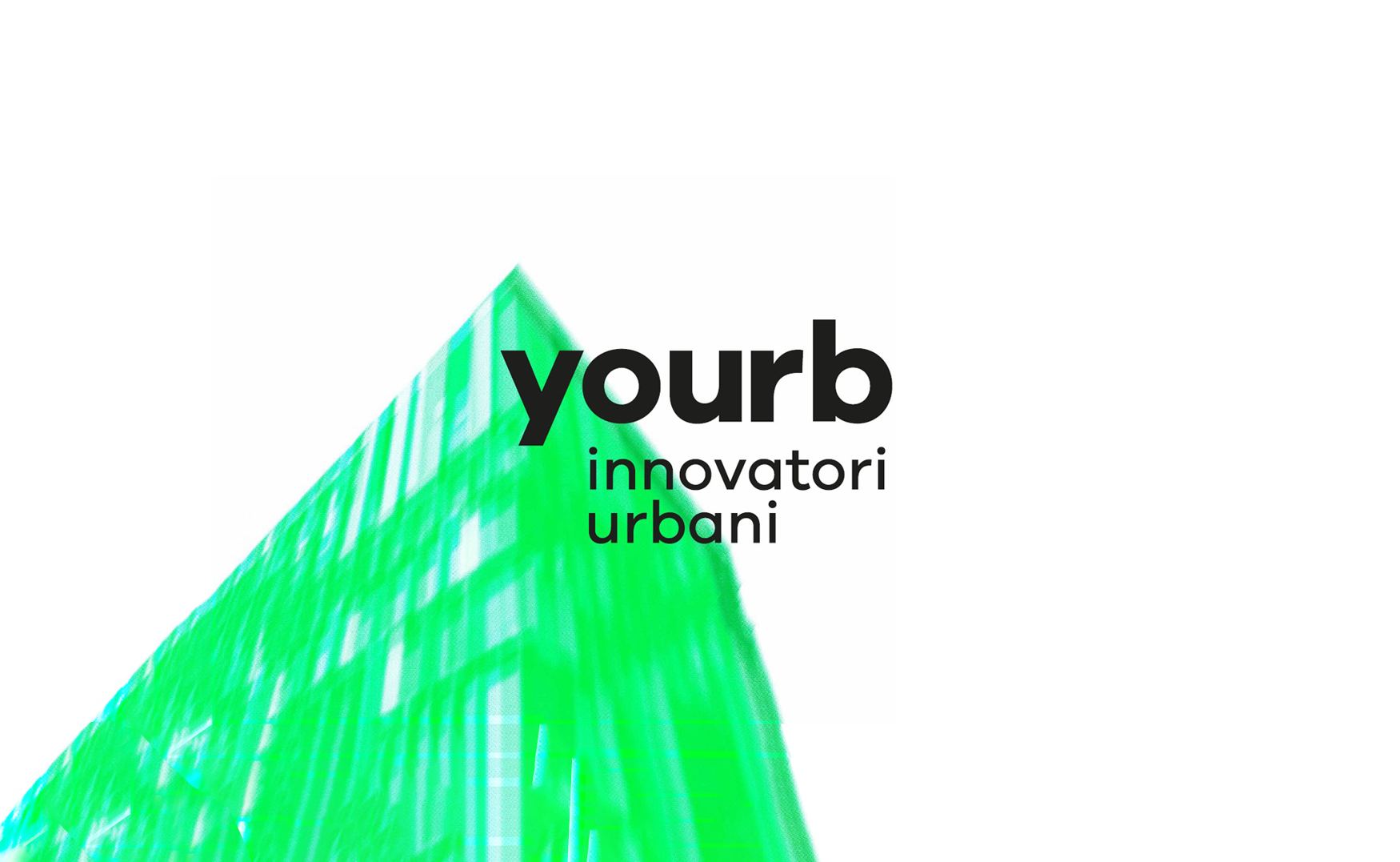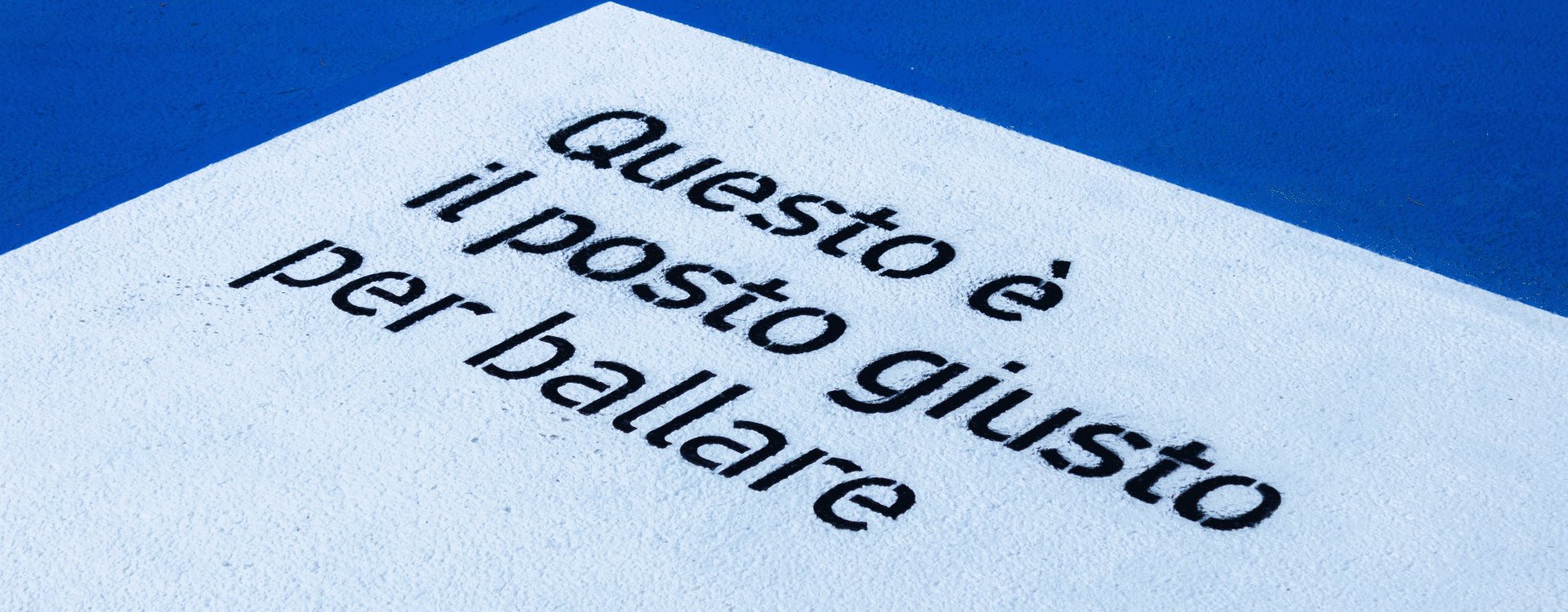We plan and implement actions on the territory with social repercussions and we stimulate, through concrete actions and collaboration with institutions and agencies of the third sector, the activation of systems and good practices in diversified areas: from urban regeneration to international co-planning, from informal learning to active citizenship projects.
Social Design
The Graphic Days® Design Lab is based on the concept of social design. This is our manifesto.
What is social design?
It is the union of research, social commitment and visual communication.
Through visual design, as a tool that has the ability to communicate in an immediate way and reduce the distance between the message and its recipient, we intend to educate and stimulate a debate, to make known the thousand facets of society. It is essential to move towards change, using design as a tool to transform the world.
The role of the social designer
The social designer has a fundamental task: that of promotor and agent for social change. He/she is responsible for guiding the public in their choices by creating content accessible to all and following an ethical and empathic approach. He/she has the task of making complex research and analysis easily understandable through effective explanations. The designer becomes the spokesperson for contemporary values with the power to question the community on social issues and to generate real change in the world.
Co-design
The focus shifts to human relationships that are established before, during and after the action in context. A social design project is always dealt with by interdisciplinary teams: the diversity and uniqueness of each collaborator’s background enriches the experience, allowing a vision from points of view that are always new. Social design means approaching design through sharing, co-creation and mutual exchange.
Systematic methodology
Designing, taking into account direct and indirect protagonists, the environment that surrounds us, the community and the growth of relationships and connections means adopting a systematic methodology, which includes specific phases.
- Scenario analysis
- Definition of concept
- Revision of the concept
- Development and realization
After the phase of study, analysis, discussion of ideas and refinement, it is possible to move on to the development of the project.
The planet at the center of design
Starting from the approach of human-centered design, which sees the focus centered on people and behavioral, cultural and social dynamics, we want to introduce a more open vision, moving from an anthropocentric perspective towards an ecocentric point of view, keeping in consideration not only humanity but also the ecosystem of the planet where we live, the spaces and environment that make up our home. Visual design applied to social design can be an active promotor of a transition from the paradigm that places the human being at the center to one that instead has the planet-man as its focal point.
From the problem to the solution
The social designer distances him/herself from conventional design for an in-depth research and study of the context, which aims to identify specific problems and, after careful research, to outline solutions that solve the problem. It is essential to study the context, the cultural processes and the complexity of the surrounding environment to enhance the resources of the territory. To have an objective vision of the problem, the people who live and work daily in the context are interviewed and involved.
The goal
The ultimate goal of a social design project is to improve the well-being and health of society and to spread creatively equity, social justice and connection with nature, while keeping a focus on achieving Sustainable Development Goals by 2030.

